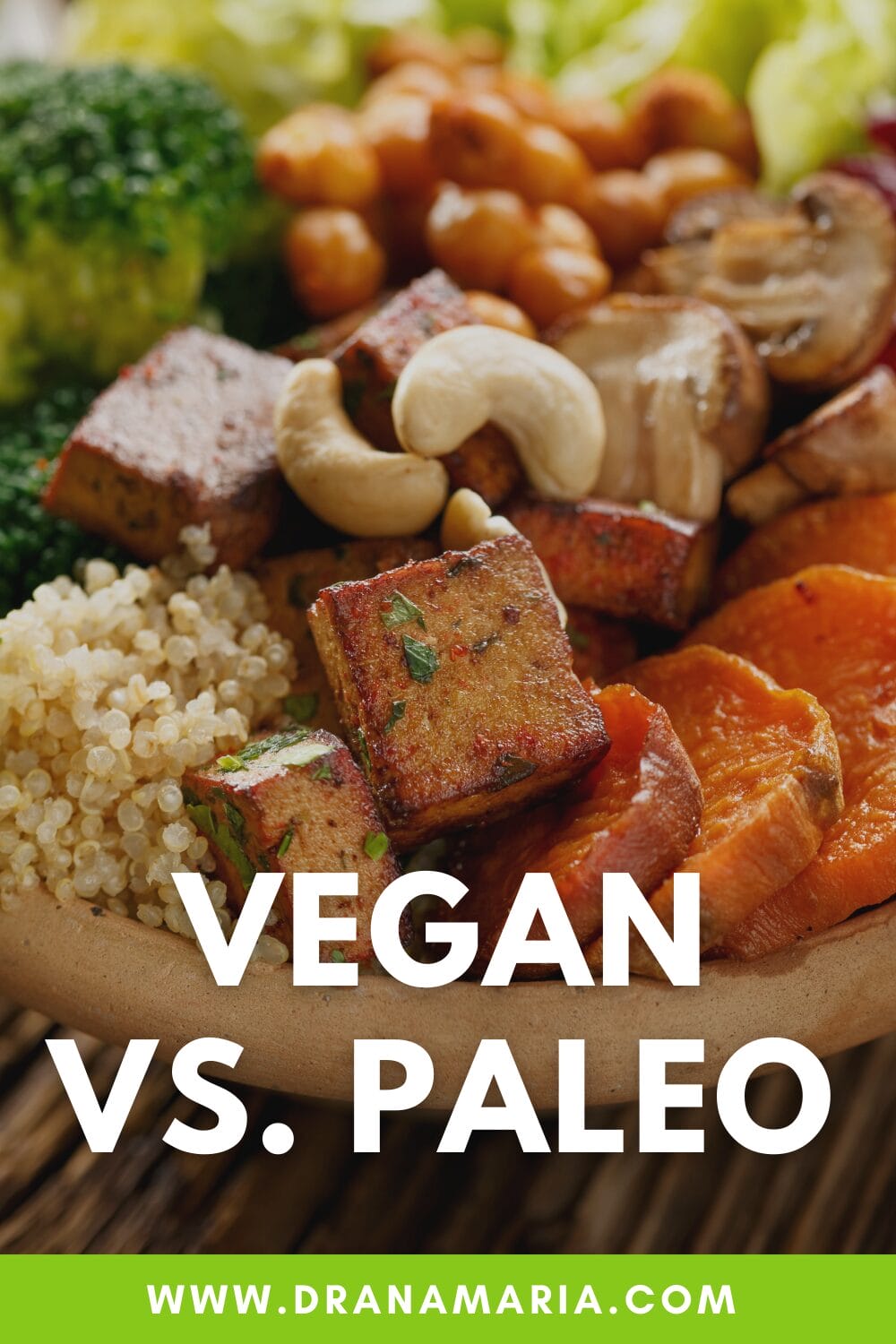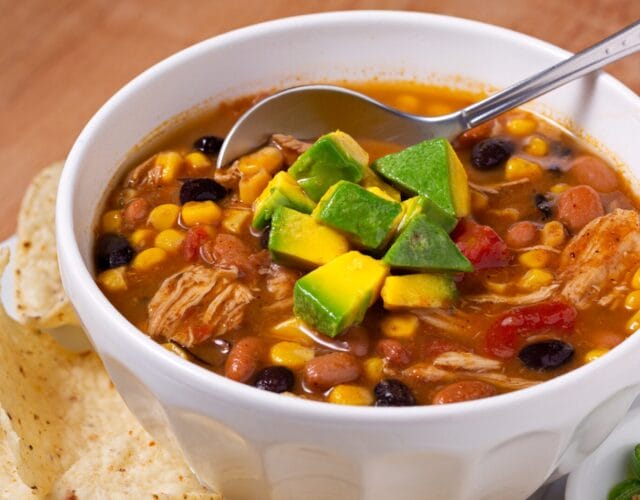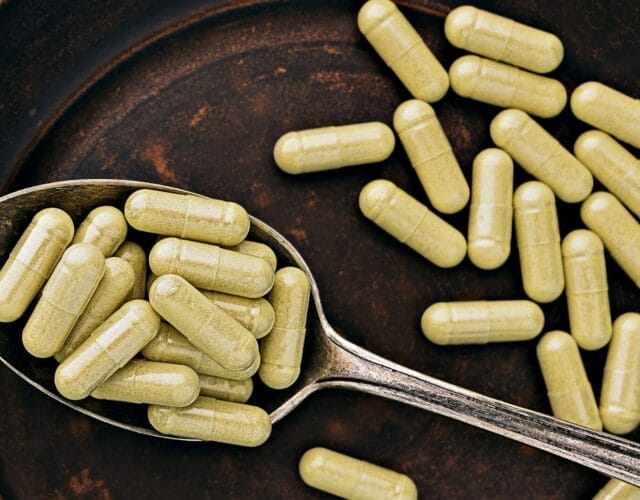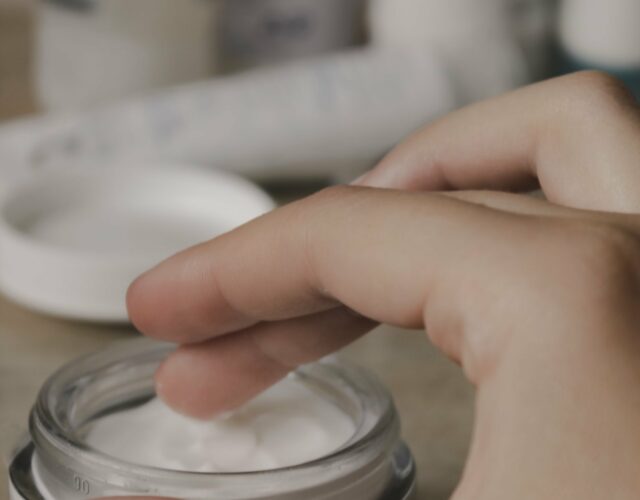– Written by IHC Health Coach Kelley Gilbert

Being a vegan for most of my adult life, I had thought for many years the vegan diet to be the best diet. That changed, however, when I went to school to become a health and wellness coach and my eyes were opened to the concept of bio-individuality. This is the concept that our gender, age, blood type, ancestry, activity level, and many other factors all play into the ideal diet for each individual. As diets come and go, I read about them but rarely give them too much thought as most dieting trends are fueled by profit motive and have a laser focus on one specific type of food or aspect of nutrition and how it effects the body to promise weight loss and well-being while neglecting to look at nutrition and the body as a whole. However, I could not turn my head away from one of the newer trends in health: the Paleo diet. Friends and family members of mine swear by it, so after years of hearing about it, I decided the best way to evaluate it was to actually try it myself and try an even stricter form of Paleo by following the Whole30 diet.

So I changed my vegan diet, which was free of all meat, dairy, processed food, and limited grains to less than 1/2 cup a day to a Paleo diet. For full disclosure, I did not completely dive into the meat thing as after not eating meat for 20 years I could not sink my teeth into a burger. My Paleo diet was free of dairy, legumes (beans and peanuts), all grains, processed food, sugar (even honey and maple syrup), and instead consisted of vegetables, fruit, nuts (excluding peanuts), fish, and bone broth protein (this is accepted in Paleo but not Whole30, however, given that fish was the only meat I ate, I added it for protein). So are you curious as to what happened?
My experience of Vegan Vs. Paleo:
The Results:
Weight: I actually gained one pound on the Paleo diet. This surprised me as I thought I would lose weight due to the no sugar component. While I would love to say it was due to increased muscle, sadly it was around my waistline.

Muscle: With all the working out I already do my husband was slightly worried I was going to be more jacked than him (which would have been awesome 🙂 ) but my muscle density stayed the same.
Bloated: I felt much more bloated on the paleo diet. This was by far the thing I like least about the diet.
Energy Level: On a vegan diet, I usually get very tired around 3PM every day and also am greatly affected if I do not get a good night’s sleep. I did not get that 3PM energy drop on the Paleo diet. Additionally, even though it took me longer to fall asleep, I did not feel tired the next day with less sleep.
Digestion: My overall digestion was worse on the Paleo diet. While this should be expected after not eating meat for so long, by week three or four, your body should adjust if this is the ideal diet for you. Mine did not. This did not surprise me as I felt similar when I once tried removing grains from my vegan diet.
Skin Appearance: My skin appearance did not change.
Sleep: It took me longer to fall asleep on the Paleo diet but once asleep I was in more of a deep sleep.
Food Cravings: My food cravings remained the same which for me is usually at night an hour or two after dinner 🙂
My Likes and Dislikes with the Diet:
My favorite thing about trying new diets is that I am almost always able to take away valuable lessons from them and also recognize areas where my current diet is lacking. I really like the fact that the Whole30 did not allow for any form of added sugar. While I don’t eat too much added sugar, it definitely helped change my taste buds and I now use less sugar in my coffee and am more sensitive to overly sweet things.
While, for most people, I am a proponent of whole grains (we’re talking wild rice, quinoa, amaranth, etc, not processed foods marketed as “whole grain” like bread and crackers) as they promote healthy digestion, lower cholesterol, and keep cortisol levels in check, most Americans, including vegans, rely way too much on grains as the basis of their meal, which can lead to insulin intolerance. The Whole30 and Paleo diets help rewire the way we think about food and grains and help to correct this. For people trying to lose weight or keep weight off, I recommend limiting grains to 1/2 -1 cup of total intake for the day. While I appreciate the removal of grains from the diet, it was not because of fear of phytic acid, and this is where the diet loses me.
Like most diets, the Paleo and Whole30 diet look at one particular aspect of food and use it as a scare tactic. Almost all food when consumed in excess can be harmful. Spinach robs the body of iron. Does this mean spinach is bad for you and you should not eat it? NO! Spinach also has wonderful health benefits. It means you should vary the types of greens you eat and not have spinach at every meal. Most foods have some degree of phytic acid on them and some people are more sensitive to it than others. Grains, nuts, and beans have more phytic acid in them than other foods but this can be reduced up to 75% by soaking, sprouting, and fermenting them. The claim that processing them makes them void of nutritional value is scientifically false. They still have protein, fiber, iron, and many other vitamins and minerals after being prepared correctly.
In addition to not being a fan of removing foods with phytic acid from your diet, I was also not a fan of the amount of meat that is relied upon in the Paleo/Whole30. While the diet focuses on the harms of things like phytic acid and lectin, it ignores a plethora of scientific peer-reviewed studies citing meat as carcinogenic, raising cholesterol, blood pressure, and the cause of a myriad of other health problems. Taking beans our of your diet makes you rely more heavily on meat.
The Takeaway: Whether you’re doing a vegan or Paleo diet, if your diet is free of processed foods, you will be eating healthier than 90% of most Americans and will be on the right track toward health. If you have eaten a certain way your whole life, I recommend mixing it up for a month and seeing if you can find any gaps in your diet like I did. After going Paleo, I am definitely more sensitive to added sugars and decided to have seafood once a week. There is no perfect diet and the amount of a certain food group your body can tolerate is different for everyone. However, there are a few general guidelines everyone should follow:
- First, for all diets, both Paleo and vegan alike, vegetables should be your primary basis with protein, fat, and carbs filling in the rest.
- For meat, grains, and legumes, think of your intake of about 0-30% for each and decide what is the right mix for your body by experimenting.
- When you are eating clean and free of processed foods, it is easier to read how your body reacts to certain foods.
- Overall, my body did not react well to the amount of meat consumed on a Paleo diet and I learned that I do indeed need a small amount of grains.
- My husband, on the other hand, does not do well on a strictly vegan diet and feels better when eating meat for one meal a day.
- If you are a vegetarian, you need to be weary of not abusing grains in your diet and making them your primary source of fuel.
- If you are more Paleo driven, you need to be wary of how much meat you are consuming and be sure that you are diversifying your sources of protein. A serving size of meat should be about the size of the palm of your hand.
If you take anything away from this article, my hope is that it will be to never be afraid to try and make changes to your diet, but at the end of the day, always let your body be the judge of what works best for you and not an author, trend, or friend. Below is one of my favorite dishes I made while trying Paleo and one of the reasons I am glad I experimented more with seafood.
Happy and Healthy Eating!
Your Health Coach,
Kelley

Crab Stuffed Mushrooms
In Good Health,
Kelley





